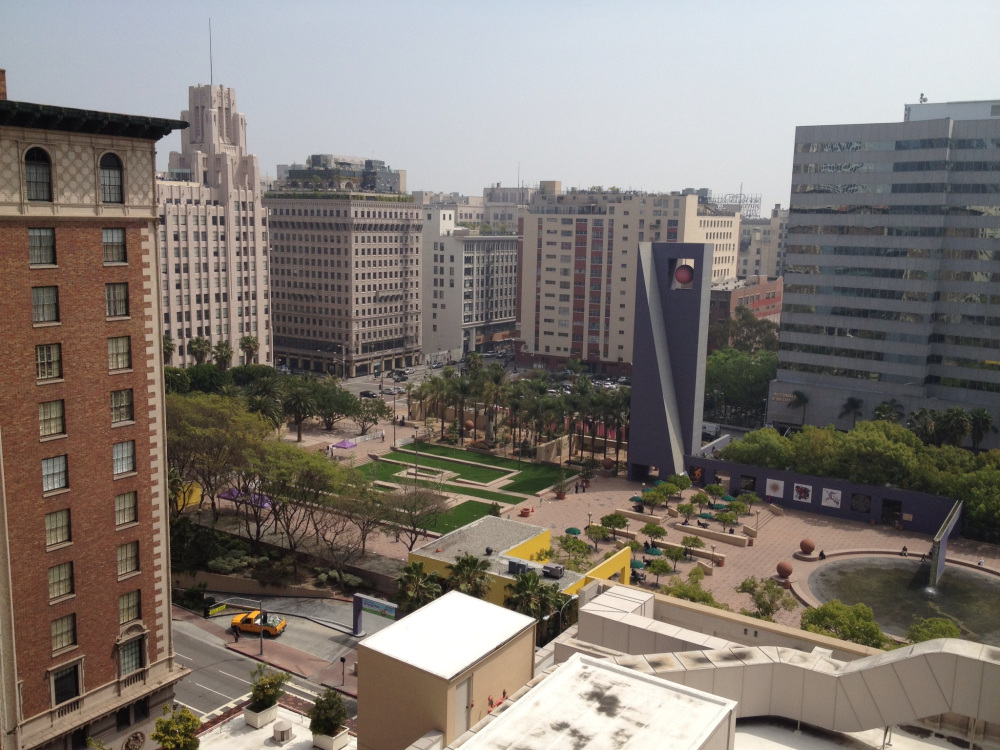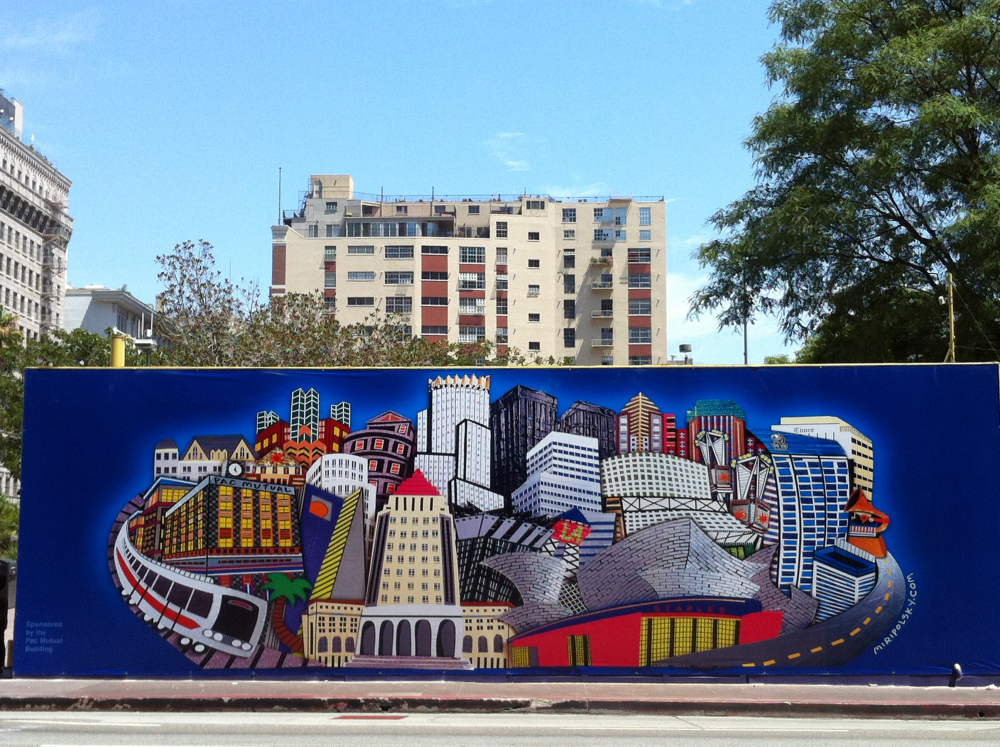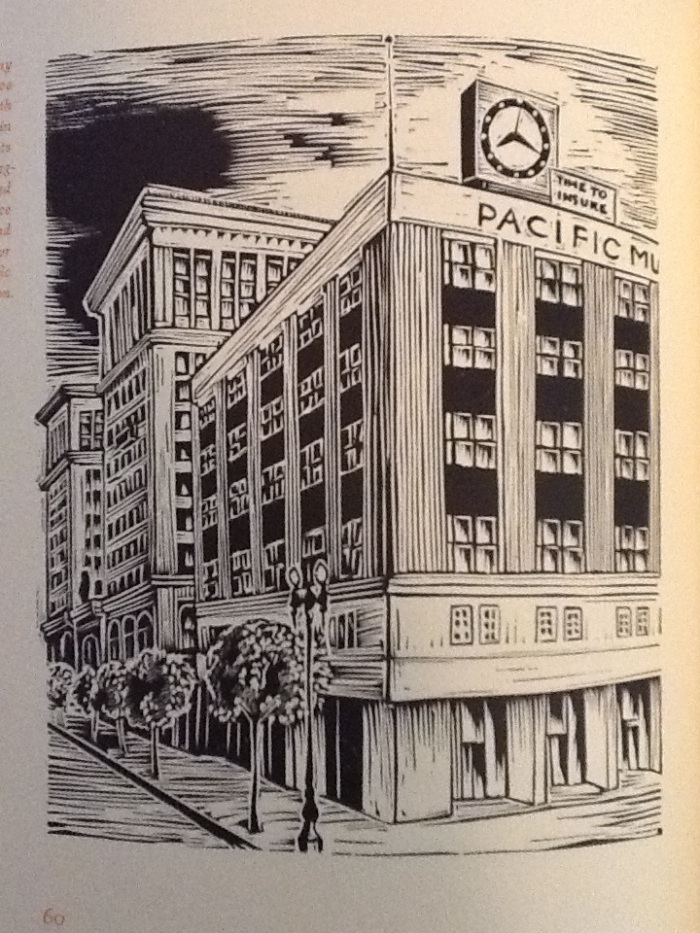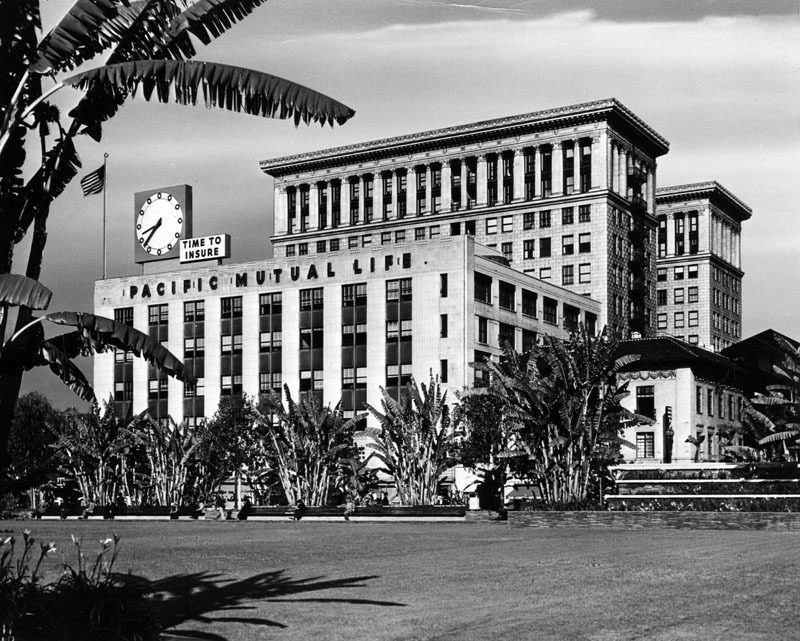New Urbanism and PacMutual
As our company continues to evolve, I am proud that our team shares a common concern for sustainability and the concepts of New Urbanism. We are fortunate that our first project, PacMutual, allows us to explore and implement many of the concepts at the core of New Urbanism. In our view, the key elements of New Urbanism include the following:
1. Walkability – Most things within a 10-minute walk of home and work – Pedestrian friendly street design (buildings close to street; porches, windows & doors; tree-lined streets; on street parking; hidden parking lots; garages in rear lane; narrow, slow speed streets) – Pedestrian streets free of cars in special cases
2. Connectivity – Interconnected street grid network disperses traffic & eases walking – A hierarchy of narrow streets, boulevards, and alleys – High quality pedestrian network and public realm makes walking pleasurable
3. Mixed-Use & Diversity – A mix of shops, offices, apartments, and homes on site. Mixed-use within neighborhoods, within blocks, and within buildings – Diversity of people – of ages, classes, cultures, and races
4. Mixed Housing – A range of types, sizes and prices in closer proximity
5. Quality Architecture & Urban Design – Emphasis on beauty, aesthetics, human comfort, and creating a sense of place; Special placement of civic uses and sites within community. Human scale architecture & beautiful surroundings nourish the human spirit
6. Traditional Neighborhood Structure – Discernable center and edge – Public space at center – Importance of quality public realm; public open space designed as civic art – Contains a range of uses and densities within 10-minute walk – Transect planning: Highest densities at town center; progressively less dense towards the edge. The transect is an analytical system that conceptualizes mutually reinforcing elements, creating a series of specific natural habitats and/or urban lifestyle settings. The Transect integrates environmental methodology for habitat assessment with zoning methodology for community design. The professional boundary between the natural and man-made disappears, enabling environmentalists to asses the design of the human habitat and the urbanists to support the viability of nature. This urban-to-rural transect hierarchy has appropriate building and street types for each area along the continuum.
7. Increased Density – More buildings, residences, shops, and services closer together for ease of walking, to enable a more efficient use of services and resources, and to create a more convenient, enjoyable place to live. – New Urbanism design principles are applied at the full range of densities from small towns, to large cities
8. Smart Transportation – A network of high-quality trains connecting cities, towns, and neighborhoods together – Pedestrian-friendly design that encourages a greater use of bicycles, rollerblades, scooters, and walking as daily transportation
9. Sustainability – Minimal environmental impact of development and its operations – Eco-friendly technologies, respect for ecology and value of natural systems – Energy efficiency – Less use of finite fuels – More local production – More walking, less driving
10. Quality of Life – Taken together these add up to a high quality of life well worth living, and create places that enrich, uplift, and inspire the human spirit
We believe PacMutual hits all of these elements. We look forward to introducing the restoration of this historic project, introducing you all to our new tenants and keeping you all up to date on what Rising Realty Partners is doing to improve the PacMutual neighborhood and our important community asset, Pershing Square – the oldest park in Los Angeles.



